Online Marketplace App Development Guide Before You Startup
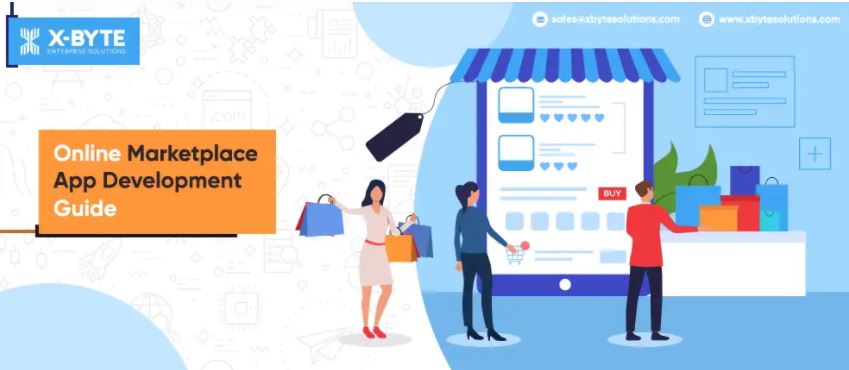
Marketplaces are no longer synonymous with the crowded avenues on weekend mornings. People don’t flock to a commonplace anymore. Nor do they wait in line to purchase their preferred products and services on deals. With online marketplace app development everyday is either a sale or a festive occasion with people buying things they needed, didn’t need, felt impulsive to buy and more.
From hand picking farm-fresh vegetables and groceries to manually trying out apparel and clothing accessories, we have come to getting them delivered at doorsteps and trying them on virtually through AR and VR technologies. Online marketplaces are the current rage and their prominence has increased further after the onset of the global pandemic.
While every other industry either shut down or struggled to cope up with its operations and crumbling economic conditions, the only industry that not just survived but soared during the pandemic was eCommerce and its allied segments like marketplaces, on-demand business services and more.
People preferred to stay away from any and all forms of human contact and decided to shop online. Even the boomer generation that was staunchly against online shopping and other forms of non-conventional mediums got a taste of marketplaces and their convenience. This pushed several businesses out there to bring in digital transformation into their operations and prefer marketplace app development to attract new customers from beyond their geographical locations.
So, if you’re someone who is eyeing marketplace mobile app development for your venture, this exclusive guide is just for you. We break down all essential details you need to know about marketplace development including what it is, its advantages, setting up an online marketplace and more.
What Is A Marketplace?
Visualize a commercial complex in your neighborhood that has multiple shops across diverse genres, products and services. When you visit these complexes, you are free to go to any shop and purchase your preferred products. The same applies to malls and shopping avenues as well.
Now, imagine the same mall on the internet. What you will see is a marketplace - an online platform that offers products, brands and services for you to choose from. There are shops from different vendors and brands and you have amazing options to choose from.
Furthermore, these brands are also competing with their deals and discounts to get you to purchase from their shops. This is exactly what a marketplace is all about.
To access these marketplaces, you either use a website or an app. The latter is gaining more popularity these days.
Key Statistics
Before we further understand marketplace development, let’s look at some key statistics to get to know the market conditions better.
- eCommerce sales topped over $4tn in the year 2020.
- Amazon’s profits grew by around 80% in the same time.
- Over 3.4bn people across the world purchase products and services from the eCommerce sector.
- eBay has over #ebay-statistics-to-make-any-sellers-head-turn">1bn active listings on its platform.
- On an average day, over 2 billion transactions happen on eBay.
Types Of Marketplaces
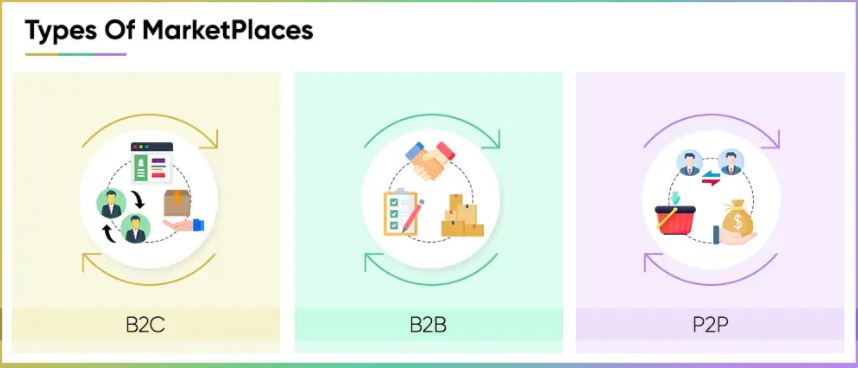
Before you venture into marketplace development, you should understand that there are different types of marketplaces. From the outlook, they all look the same but when you dig deeper, you realize the subtle differences they showcase. Let’s look at what the types of marketplaces are.
B2C
B2C stands for Business To Clients and these are market places setup by market players to cater to the needs of consumers. For instance, consider Amazon, Walmart, TaskRabbit (service) and more. Marketplace development strategies for the B2C domain are unique.
B2B
Abbreviated as Business To Businesses, these cater to other businesses. These could be wholesale units that supply to local vendors, who ultimately sell to consumers. They could also be industrial units that distribute products and goods to multiple vendors across the globe. B2B marketplace development requires a niche approach and a different type of marketing and targeting technique. Alibaba B2B is the best example for this sector.
P2P
Peer To Peer is the full form of P2P and the aim of this marketplace is to connect sellers with buyers. While it does sound similar to B2C, the major difference here is that sellers and buyers are both individuals.
For instance, if an individual from Colorado decides to sell their Lego collection, an interested buyer would contact them through the P2P platform from California and place an order. Packaging, shipping and fulfillment are all done by individuals in this segment. eBay is the most ideal example of P2P marketplaces.
Source :
Articles from Bhavesh Parekh
View blog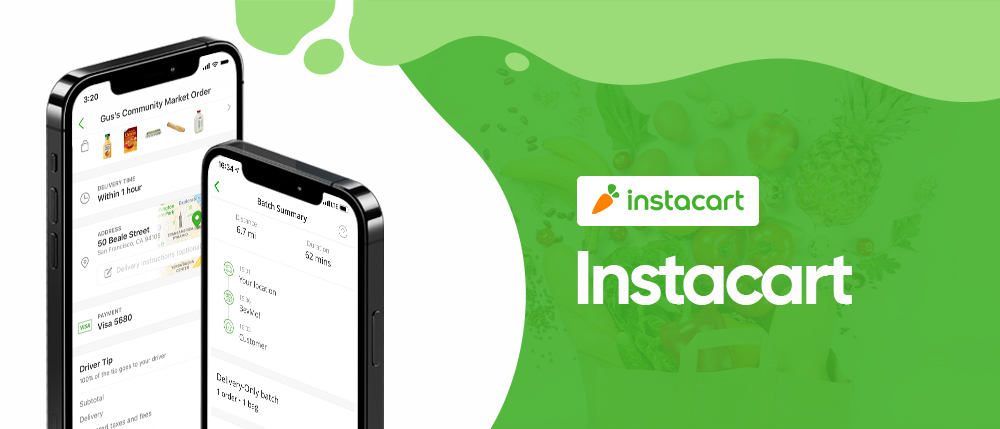
The emergence of on-command demands is a tendency that has been progressing over the previous decade ...
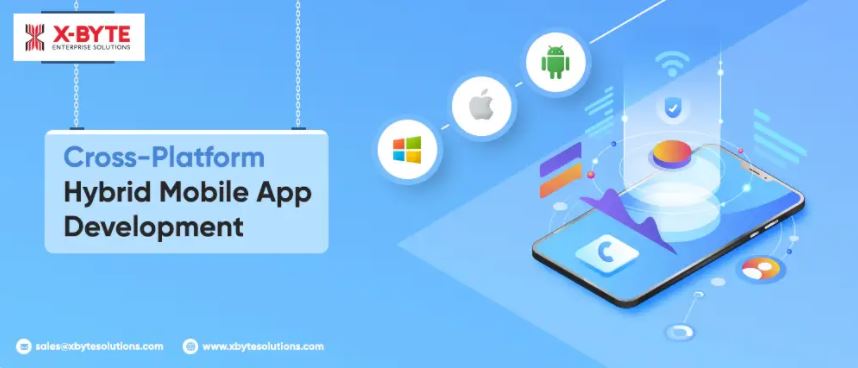
Cross Platform Hybrid App Development CompanyThe mobile app development market is full of opportunit ...
Related content

Matt Sweetwood
Retail Intelligence: Profit from Education II
Published on Digital Imaging Reporter 10/12/16 · In my previous Retail Intelligence column, “Profit from Education: How to Build a Successful In-Store Education Program,” I discussed the steps needed to design a classroom space and how to go about filling the instructor role in a ...

Matt Sweetwood
12 Things Retailers Should Do in 2017
Published on Digital Imaging Reporter 1/8/17 · If you are running a photo retail store, I don’t have to tell you 2016 was a difficult year for photo retailers. If natural disasters killing camera production and supply wasn’t bad enough, we had Amazon adding same-day delivery to m ...
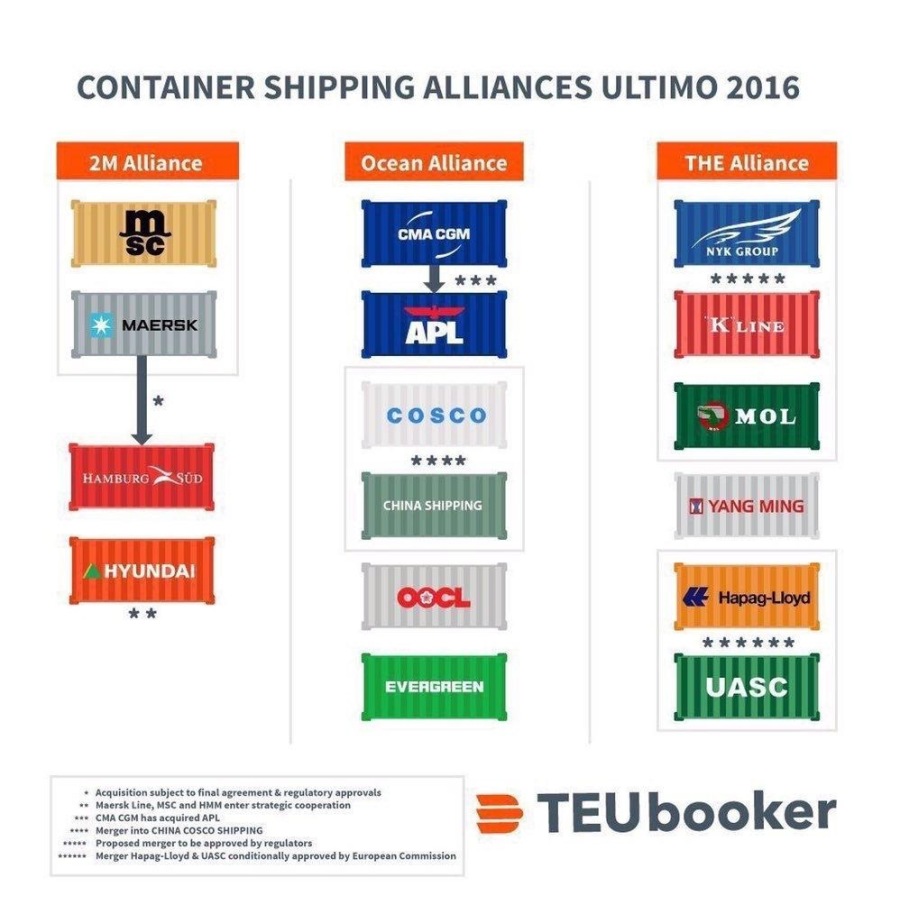
Bill Stankiewicz
TRENDS IN 2017
Ecommerce Trends to Watch for in 2017 · Ecommerce is constantly updating with improved discovery, technology, logistics, and cool things to buy. Here are predictions for e-commerce in 2017. · 1. Sales associates aren’t winning popularity contests. More than 55 percent of consumer ...

Bill Stankiewicz
FOOD LOGISTICS TRENDS FOR 2017 by BILL STANKIEWICZ
The Nation's 212,000 traditional food stores sold $571 billion of retail food and nonfood products in 2011. Grocery stores, including supermarkets, accounted for the largest share of food store sales (91.0 percent), followed by convenience stores without gasoline (5.5 percent). S ...
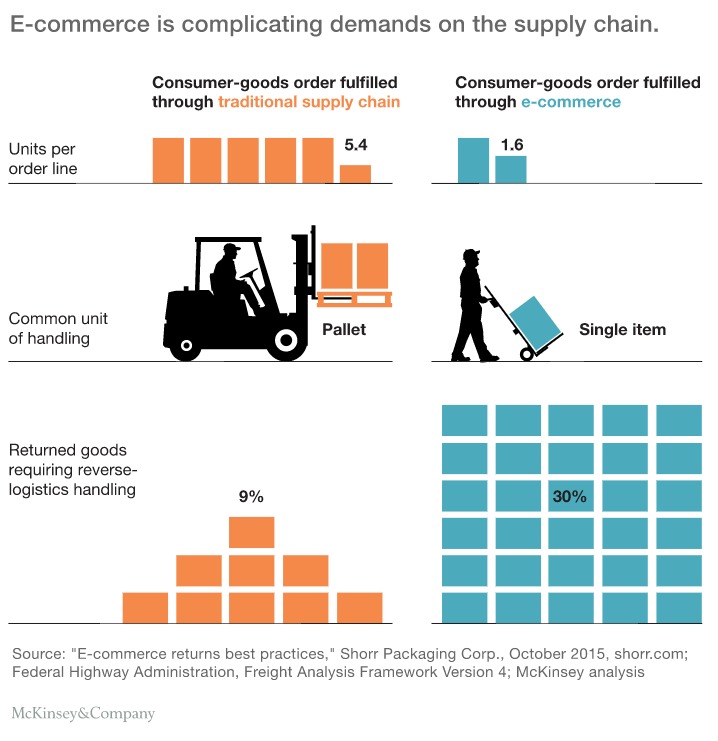
Bill Stankiewicz
FOOD LOGISTICS AND TRENDS IN FULFILLMENT by AMAZON
As consumer tastes continue to become more refined, retailers must target their private label offerings to a very savvier shopper. We continue to see fierce competition in the grocery space with new entrants. The aggressive expansion by German retailers promoting private label wi ...

Matt Sweetwood
10 Tips on How to Become a Thought Leader
I get asked frequently how I got to be a contributor for a major platform like Entrepreneur. In fact, every time one of my articles get published on any of the several well-known platforms I write for, I get Facebook, Linkedin and beBee messages and emails asking, “How do I get p ...
You have no groups that fit your search
Comments